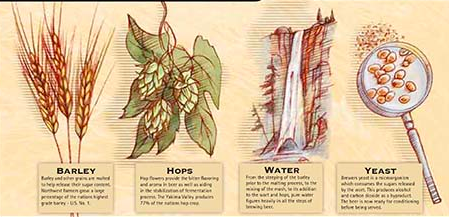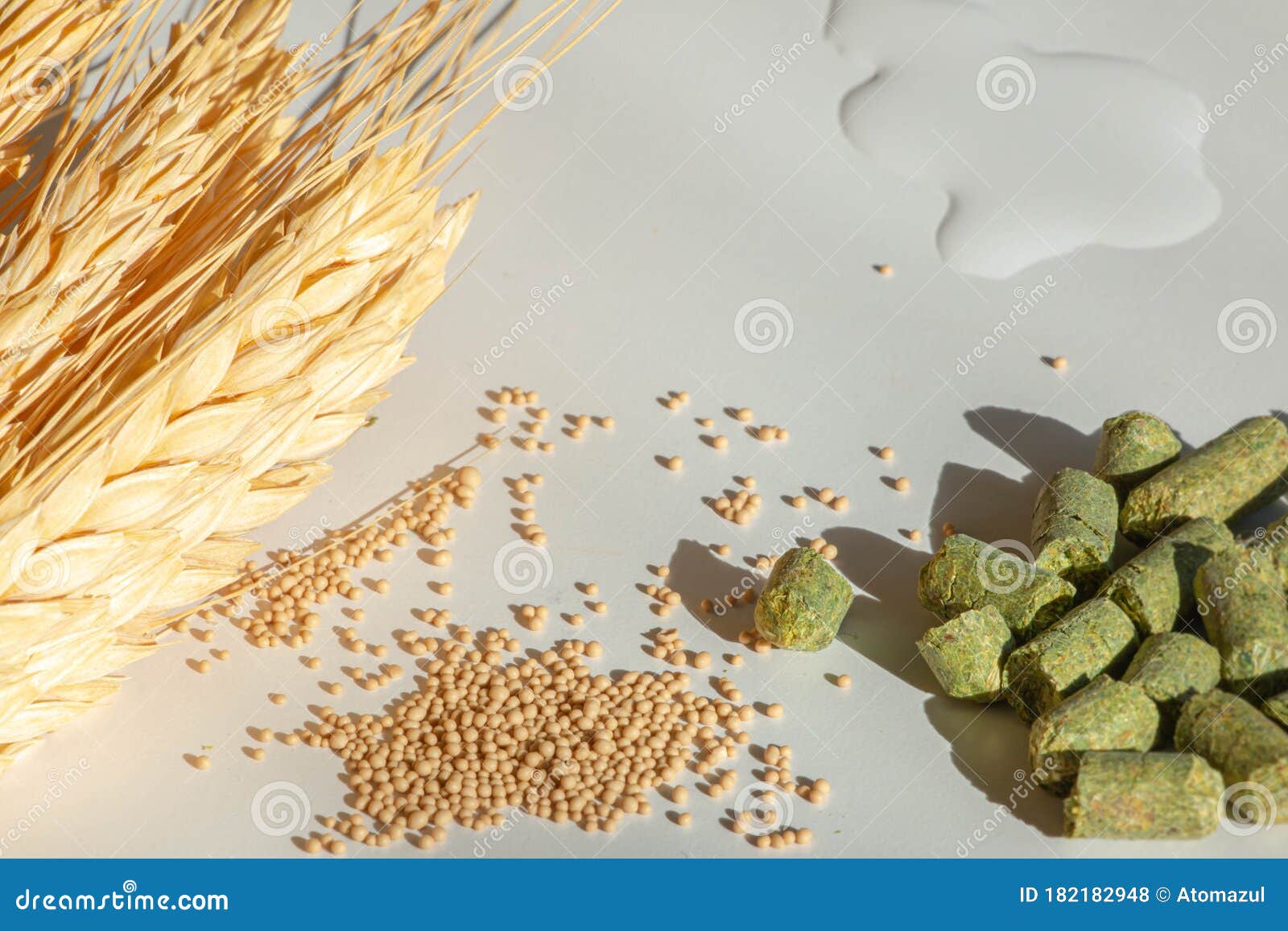The 30-Second Trick For Alcohol Near Me
Wiki Article
The Buzz on Fine Wine And Good Spirits
Table of ContentsThe Basic Principles Of Alcohol Near Me The Liquor Store StatementsAll About Fine Wine And Good SpiritsSome Of LiquorLittle Known Questions About Wine And Spirits.
/169760739-58a6ca953df78c345b4357be.jpg)
Rye is a spicy, earthy malt that can create a syrupy mouthfeel. Is corn and rice, which are the most affordable resource of starch usually used by huge name beer brands.
Luckily, only a tiny quantity is needed in most batches of beer. Of course, there are some styles that need a heafty dosage of jumps like every hopheads favorite, IPAs. Hops are what offer bitterness and fragrances to beer as well as on top of this have a preservative effect due to its antibacterial high qualities.
Some Known Questions About Wine Store Near Me.
Double target hops have both a big quantity of alpha acids and also hop aromas, with typical instances being: Amarillo, Mosaic, Citra, and Northern Maker (liquor store). Yeast is a living organism that can be found in hundreds of species. As a whole, brewers make use of isolated or cultivated yeasts, indicating that all of the yeast cells will be the exact same, which after that permits makers to have more control throughout fermentation.
What Is Malt? In this very first of this series, we will certainly check out malt, the basis for all beers, so crucial that it is both a verb and a noun. The simple interpretation of malt the noun is it is the grain that goes into beer, supplying the sugars that the yeast transforms to alcohol and carbon dioxide.
The Single Strategy To Use For Liquor
It is additionally accountable for the body of the beer, that amorphous word that is component thickness and viscosity, as well as part mouthfeel or texture of the beer. To Make Beer, You Must Malt Your Grains What Is Malting? The verb "to malt, or malting, is the treatment that transforms raw cereal grains to the sprouted processed malt that is the essential ingredient in not only in beer, yet also bourbon, gin, vodka as well as all various other grain spirits.Its higher diastatic power gives it much more enzymes, which makes it a lot more useful for lighter beers, or ones with a large quantity of adjuncts, like the ubiquitous brews which dominate nearly every beer market in the globe. For those of you residing in Alberta, Canada, the province is house to several of the finest beer barley worldwide.

The Buzz on Liquor
As a result of their heat roasting, these sorts of malt have little enzyme activity so they can not be made use of alone in a mash. As little as 1-5% of the recipe's grain expense need include these malts in order to supply the needed colour for dark beer. Photo from: Randy Mosher's Sampling Beer History of Beer Malting Historically, light coloured malts were dried out by the sun, or in a cozy area.Wheat is the 2nd most preferred malted grain, the important active ingredient in all wheat beers. (wheat beer), at the very least 50% of the grist should be wheat, a need that doesn't exist in various other countries.
There are These form the basis of all dishes as well as every one plays an integral component in the beer's character. Indeed there are various other ingredients (like the cheery holiday ones near all-time alcohol delivery near me low of this short article) utilized and they are countless, yet these are the large 4 main components that compose nearly every batch of beer that is brewed today in your home, at the neighborhood craft brewery, and the national chains.
4 Easy Facts About Liquor Explained
At 90% by quantity, it is evident that the water used in brewing has a big influence on the finished product. Actually, several styles of beer are recognized for the water utilized. Famous Water Take the traditional Pilsner initially brewed in the city of Pilsen, Bohemia. The soft water there is visite site in charge of the fragile, crisp taste of the Pilsner that truly defines the style.
Nowadays, the brewer is not at the grace of his local supply of water. If the water is crappy he can treat it until it is of brewing high quality. Brewers (including homebrewers) can also readjust their water profile to recreate a classic design. Want a Burton-style light ale? No worry, throw some brewing salts in the pot and you've gone Burton.
Still, see to it you give water it's rightful place in the cabinet of active ingredients. Barley You have a cereal grain to give thanks to for that loopy feeling you get after drinking a couple of bottles. But before you go charging toward the corn flakes, get the truths on how barley acts as the food source for the yeast in your beer.
Report this wiki page